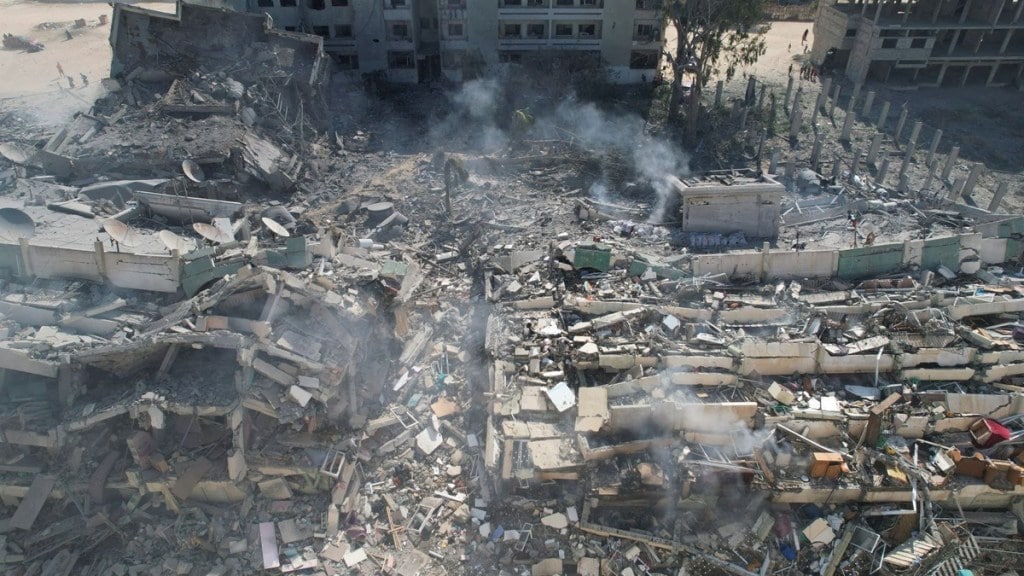The exchange of prisoners during a four-day period since last Friday has brought some respite from the relentless Israeli bombardment and ground assault in Gaza since October 7 to destroy Hamas. There is a glimmer of hope that with the Qatar, Egypt, and US mediated-exchange, there could be an extended cessation of hostilities till all the 240 Israeli hostages are freed. While the first exchange took place as planned, the second was delayed by several hours by Hamas’s concerns that Israel was not observing the deal conditions in allowing aid to reach northern Gaza. On Sunday, the process went smoothly. With the exchange slated for Monday, the deal entails a release of 50 Israeli hostages taken by Hamas in exchange for 150 Palestinians jailed in Israel. Although the truce can be extended by a day for every 10 hostages released, the fact that there are 40 of them held captive in Gaza by non-Hamas groups can disrupt the process.
But there is no doubt that the lull in bombardment has brought much-needed relief to the 2.3 million Palestinians in Gaza. Israel has allowed the delivery of 130,000 litres of fuel per day during this four-day period. Trucks ferrying food, medical supplies and other essentials are also reaching Gaza. But they are inadequate to take care of the humanitarian disaster. Since the conflict began, less than 15,000 Palestinians have been killed, including 6,000 children. On the other side, Israel has lost 1,200 lives and as many as 72 of its soldiers have died due to the ground assault in Gaza. While the exchange of captives and pause in bombardment of Gaza is to be welcomed, the reality is that the Israel-Hamas war hasn’t ended. Israel has maximalist objectives in seeking to destroy Hamas which has ruled Gaza since 2007. But despite reducing vast parts of Gaza to rubble, Israel hasn’t achieved its military objectives.
Several Hamas commanders have died and the organisation’s tunnel infrastructure may have been degraded, but a significant part of its 24 battalions, each about 1,000 strong, is intact. Only 5,000 of its 24,000 fighters have reportedly been killed. The big question is how far Israel would go to realize its military objectives? The only limit appears to be reducing Gaza to a dystopian wasteland and collective punishment of Palestinians, the humanitarian consequences of which has seen a sharp shift in international opinion. There have been four wars between Israel and Hamas since 2007 “with each one ending with a return to the untenable status quo” according to foreign policy analyst Kim Ghattas, distinguished fellow at Columbia University’s Institute of Global Politics.
Israel’s determination to destroy Hamas, however, is unlikely to bring durable peace to the nation. Few months down the road, it may weaken the organisation militarily. But another radical grouping will take its place so long as Palestinians are denied a homeland and kept under occupation like in the West Bank. Israel’s ultra-nationalist regime in power has no appetite for the much advocated two-state solution. So the question of what political arrangement will administer Gaza is still unclear. The Palestinian yearning for statehood cannot be crushed militarily. If it could be done, Menachem Begin and Ariel Sharon would have succeeded four decades ago in destroying the Yasser Arafat-led PLO by invading Lebanon. The current maximalist objectives will only seed the next generation of Palestinian militancy.


